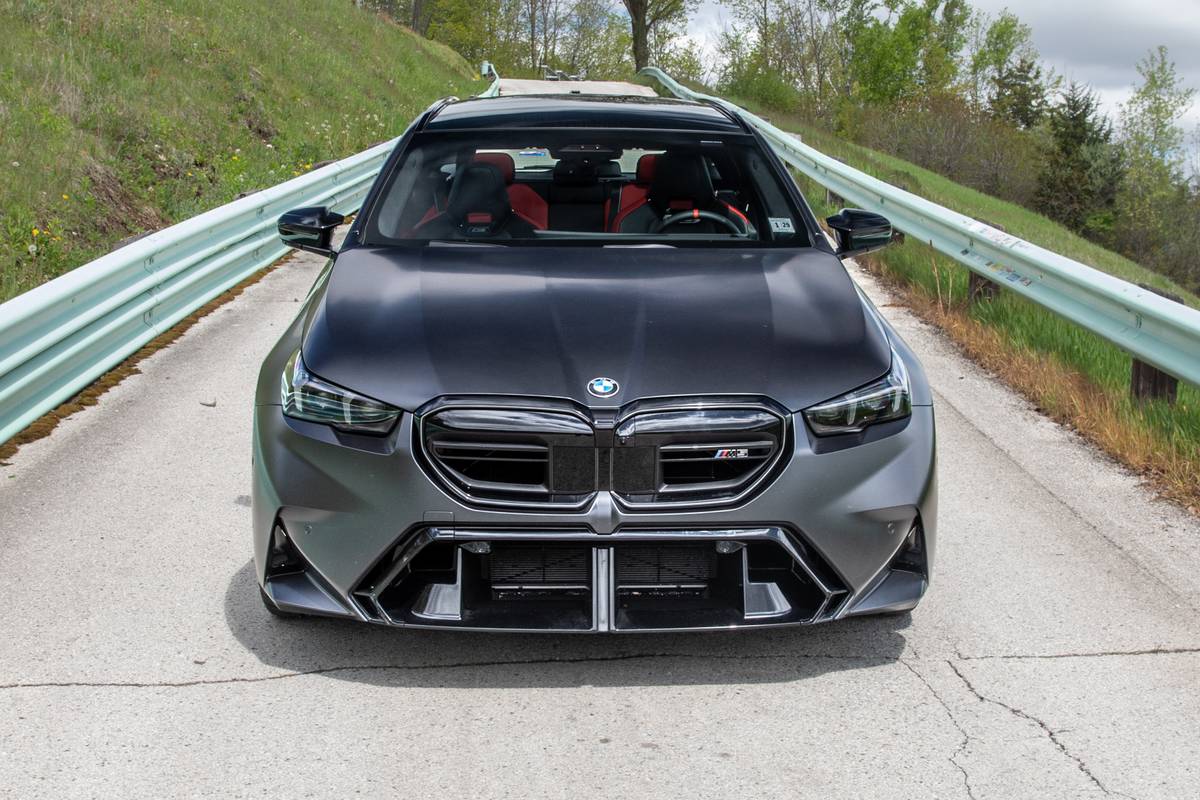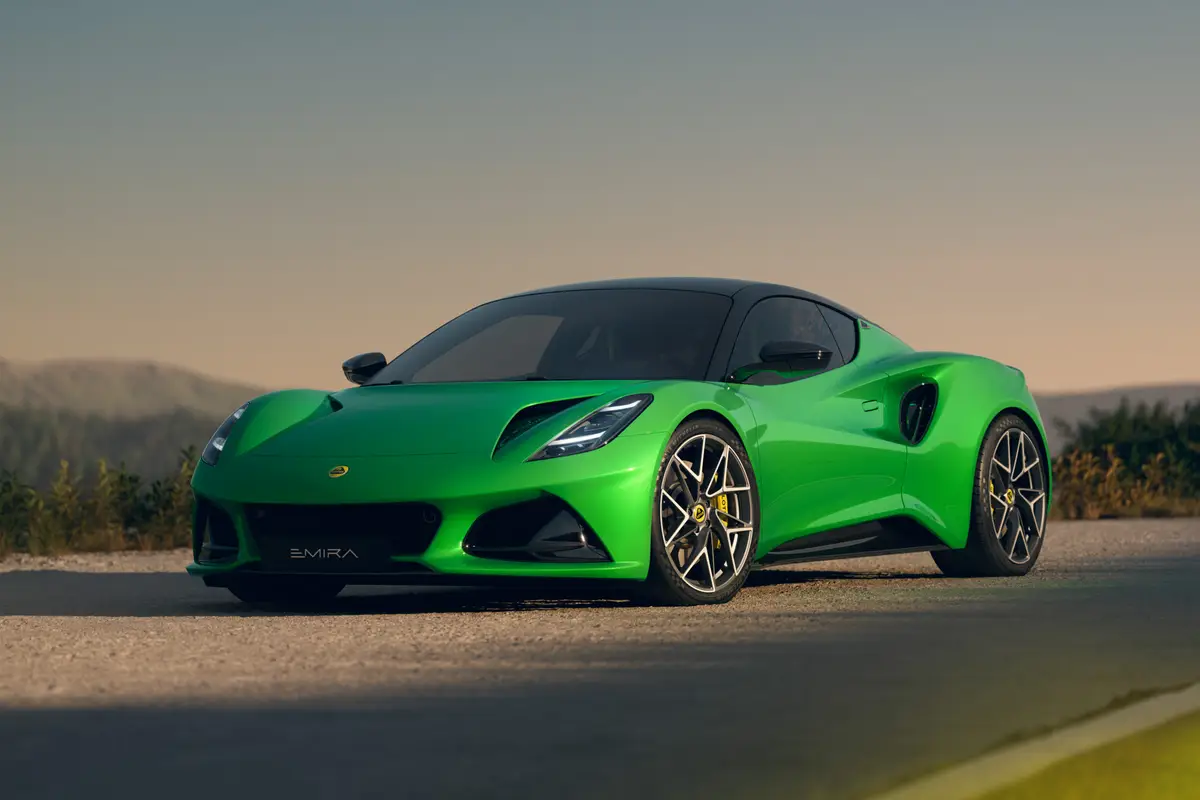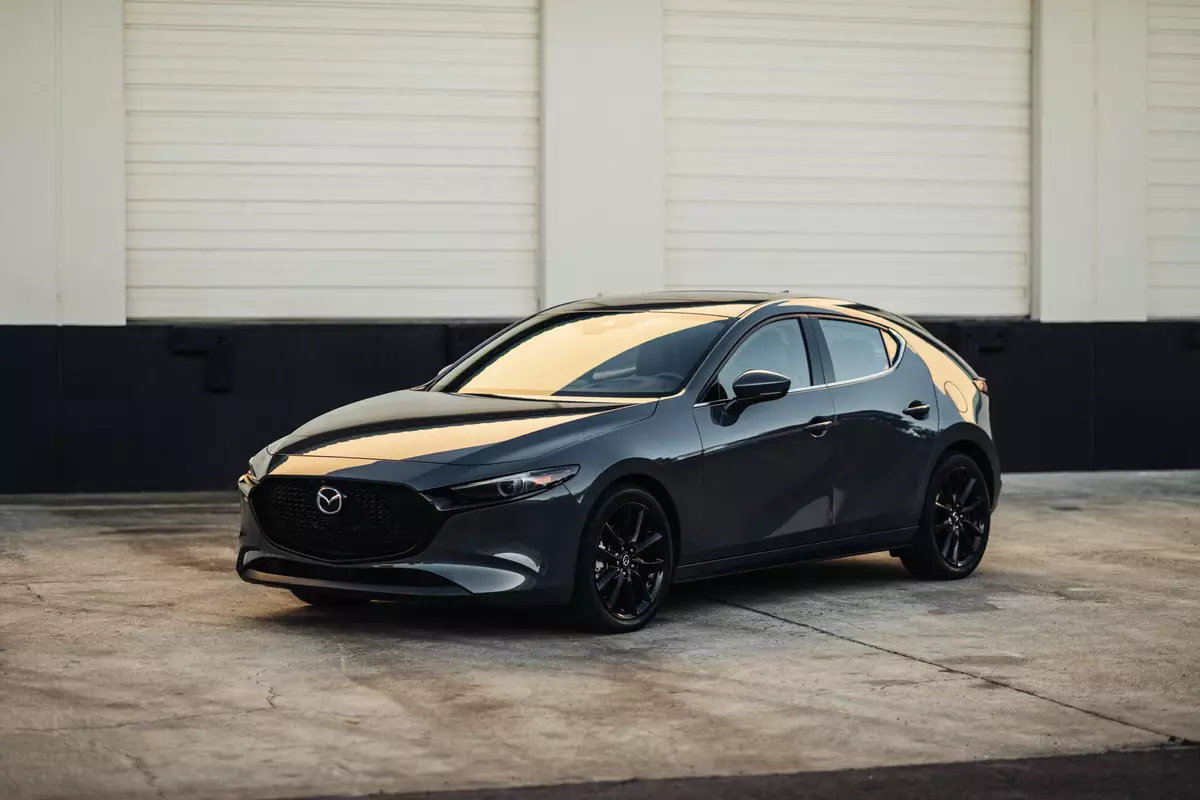chicagotribune.com's view
The screen flashed images of Vietnam, disco dancers and Richard Nixon as the media was taken on a trip down memory lane.
Of course there also was a photo or two of the 1973 Honda Civic and the 2001 Honda Civic, necessary because Honda was sponsoring the film and because Honda was trying to show the media gathered for an unveiling of the newest Civic that while Vietnam, disco and Nixon have come and gone, the little Civic is going strong since it arrived in the U.S.
Civic sales have risen from 43,119 in its first full year in the U.S. market to an estimated 330,000 for 2000. It has attracted more than 3 million buyers since offered here and has become the top-selling small car in the market.
So to keep the momentum going, Honda brings out the next-generation Civic for 2001, a vehicle that’s a little wider, a little taller in height but slightly shorter in length than the 2000 model.
The new dimensions mean increased cabin room with a little more stretch space and easier parallel parking and squeezing into the garage behind the lawn mower.
Style wise, depending on who does the critique, the new compact Civic looks a lot like the old Civic or more like a mini version of the midsize Accord, a design exercise made to cement in consumers’ minds that this car is related to the second best-selling car in the industry (behind the Toyota Camry) and that this is a Honda. Our vote is for an Accord look-alike.
The new Civic features flush body-colored handles, body-colored side moldings and body-colored front and rear bumpers for a clean, neat, if conservative, look.
Wouldn’t expect a Chrysler PT Cruiser or Volkswagen Beetle or Chevrolet SSR or Pontiac Aztek out of the Japanese design studios, but if you look closely in the last few years, the Japanese have fallen victim to the ailment that plagued the U.S. automakers in the ’80s, a rash of look-alike cars.
But we digress.
You now need to grab pencil and paper and take notes because the 2001 Civic lineup may be confusing. Civic is offered in DX, LX and EX trim levels in coupe and sedan form, with the LX coupe new for 2001.
The LX coupe was added based on consumer demand for a vehicle priced between the entry-level DX and the top-of-the-line EX.
And in addition to DX, LX and EX, you can opt for an HX coupe with a continuously variable transmission (CVT) with an unlimited number of gears or a GX sedan powered by natural gas.
We tested the top-of-the-line EX sedan, which is the first Civic with four-wheel anti-lock brakes as standard. But only the EX gets ABS as standard. In fact, only the EX gets ABS period. Shame on Honda.
Civic is aimed at youth and those on a limited budget, a vehicle to attract people into the Honda fold, where they eventually will be convinced to move up to an Accord when income level and/or family size dictates the need for a larger vehicle. Youth and those on a limited budget deserve the right to add a few more dollars to the monthly payment to acquire this safety feature.
A natural complement to ABS is traction control, which requires only a few more sensors. The EX doesn’t offer traction control. No Civic does. We hope that, as well as ABS availability, will change before there’s another generation Civic.
Another change finds the 1.6-liter, 127-horsepower 4-cylinder engine being replaced by an upgraded 1.7-liter 4 that offers the same 127-h.p., but 114 foot-pounds of torque at 4,800 r.p.m. rather than 107 foot-pounds at 5,500 r.p.m.. Those numbers mean Civic feels more alert by accelerating more quickly from the light.
The 1.7-liter moves well. You still detect some 4-cylinder racket under the hood, but until a 4 can be made to behave like a V-6, it’s something you have to live with. And with a 32 m.p.g. city/37 highway rating, you’ll live well knowing that the car won’t be attracted like a magnet t o every Mobil, Amoco or Shell station you pass.
Our test car came with the standard, smooth-shifting 5-speed manual. A 4-speed automatic runs $800. In terms of mileage, the rating with automatic is 31/38, meaning you give up 1 m.p.g. in the city but gain 1 m.p.g. on the highway. It also means that if you were raised in the ’70s or ’80s and were taught that you must get manual to enjoy optimum mileage, that isn’t the rule anymore.
There’s also a new suspension to help Civic take corners and turns less gingerly and without pronounced lean or sway. A lot better suspension, but we found that you still will experience noticeable up-and-down movement on irregular surfaces.
To complement the new suspension, the EX has shed its 14-inch radial tires and now rides on 15-inch treads as standard. All other Civics have 14-inch radials as standard.
Thanks to the new suspension and some other chassis tweaks, Honda offers a flat floor in back without a hump. At first glance, the floor does grab your attention and commands a thumbs up. Of course, after you think about it for a while, other than laying a ball bat and golf clubs on the floor rather than in the trunk, it’s not a feature that will have you rushing down to the showroom to purchase the car.
But kudos to the engineers, nonetheless, from those of us who carry ball bats or golf clubs.
Of course, those of us who carry golf clubs might grouse that while the trunk is spacious, the opening between trunk and cabin when you lower the rear seat backs to position your clubs lengthwise is more of a narrow tunnel than a gaping hole. Perhaps that’s why the rear floor is flat so you avoid the trunk.
One other gripe. Maybe Fred and Barney didn’t mind riding on a block of granite, but most consumers in this century do. The Civic EX seats were cloth-covered rocks that compounded the agony with narrow, corset-like side bolsters. A little foam rubber would help. And since the cabin was widened by about a half inch, why weren’t the seats let out?
A couple nice touches include remote fuel-door and deck-lid opener levers, though placing those levers on the door or dash, rather than on the floor along the driver’s seat, would make them easier to use; a slip open/close compartment along the center console to hold a few valuables; a power plug along the lower dash for accessories such as a cell phone; and a handy stowage compartment in the dash for loose items, but that compartment is rather deep and will devour coins or keys of those with short fingers who can’t touch compartment bottom.
Base price of the 2001 Civic EX sedan we tested is a modest $17,160. Standard equipment includes dual front and side air bags, air conditioning with micron air filter, AM/FM stereo with CD player, cruise control, power windows and door locks, remote keyless entry, front and rear beverage holders, power moonroof that tilts and slides, power body-colored ou tside mirrors, tinted glass and rear-window defroster.
One of the strong points is that, except for automatic at $800 and freight at $440, the car as it sits is very well equipped at a very reasonable price.
Latest news



